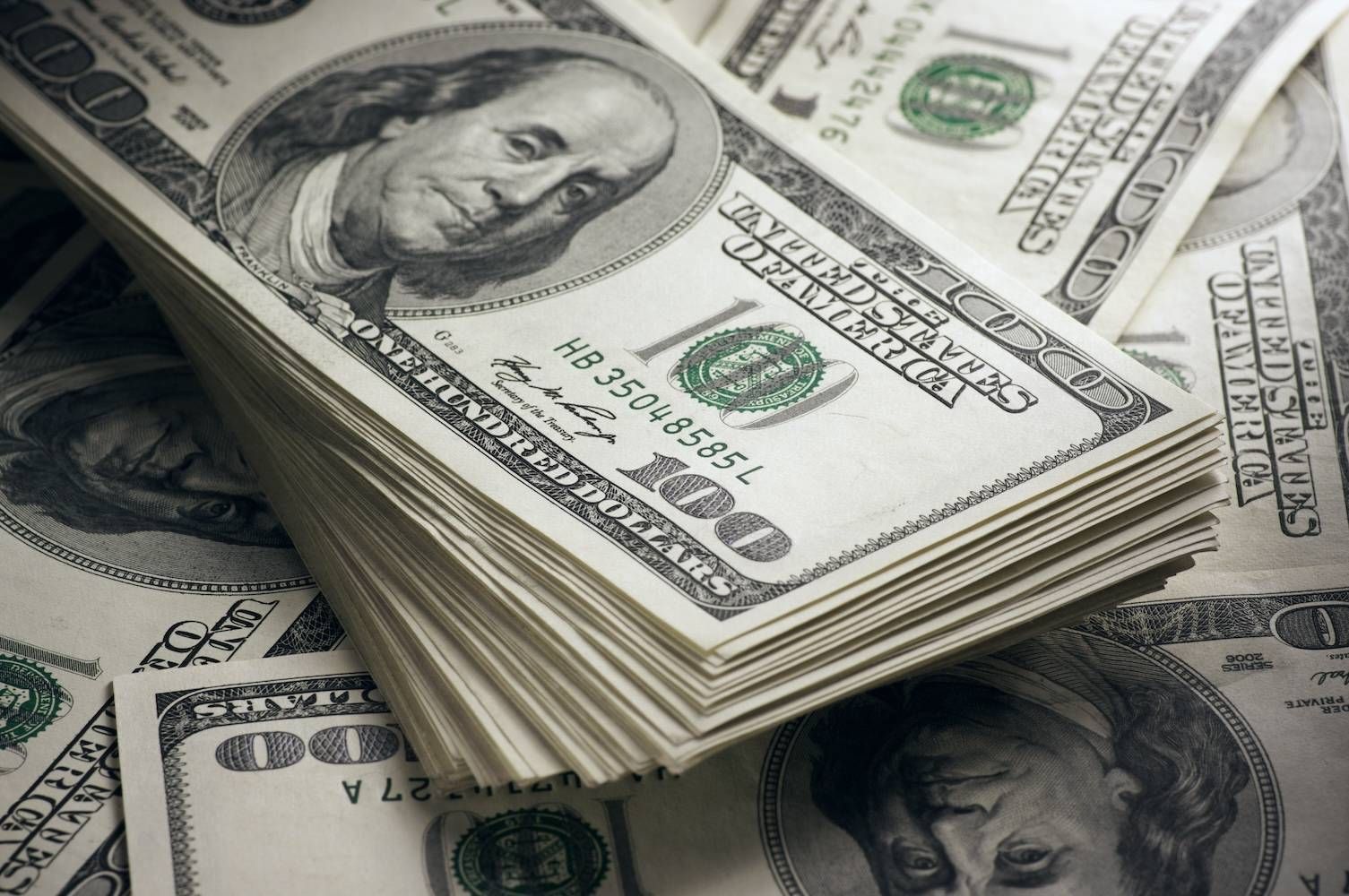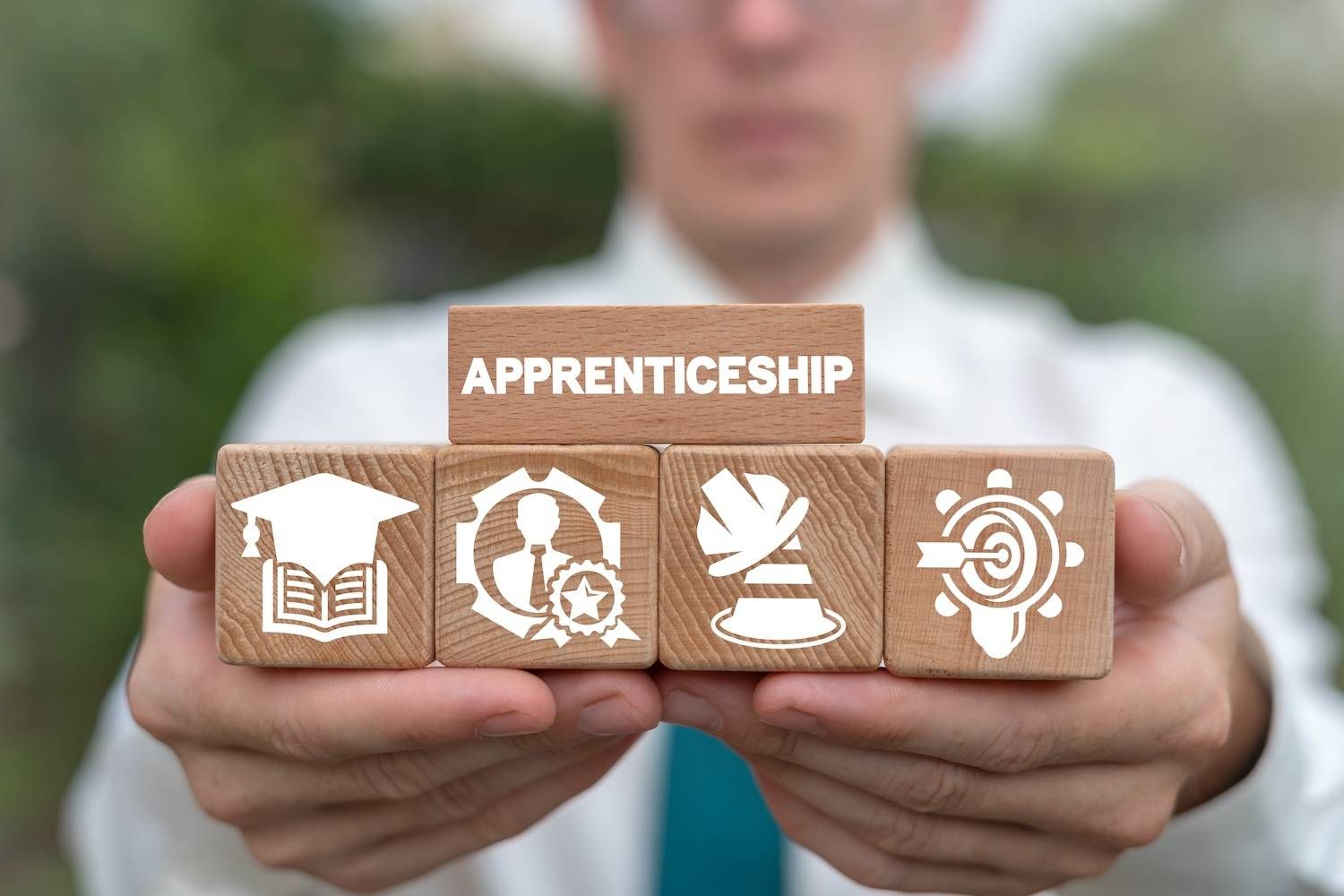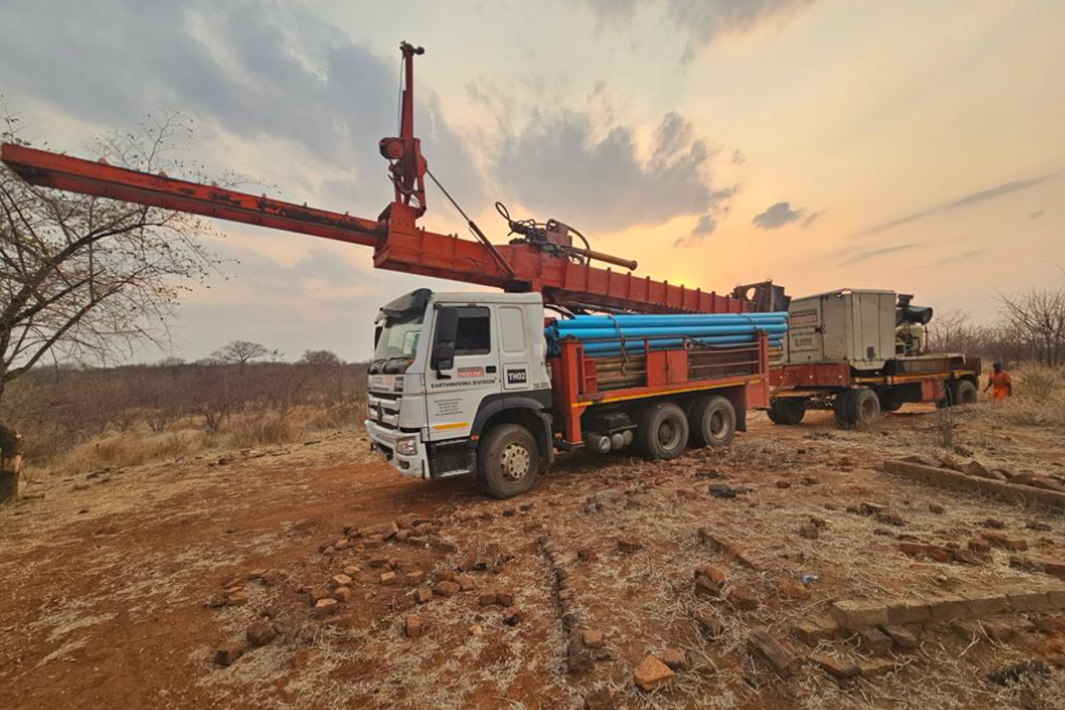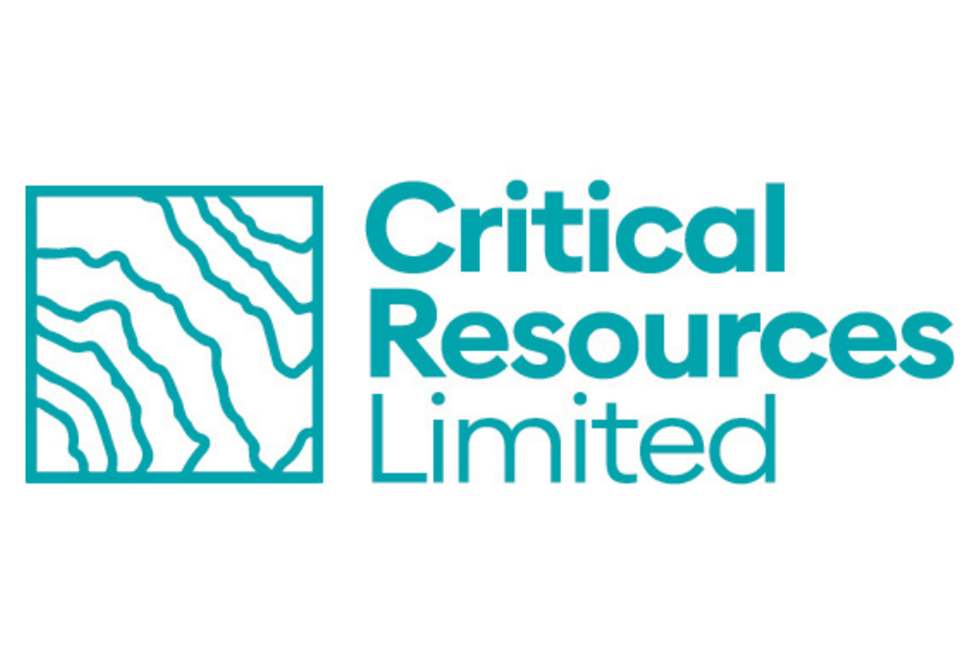
July 23, 2023
Lithium exploration and project development company Critical Resources Limited ASX:CRR (“Critical Resources” or “the Company”) is pleased to announce assay results from the first drill hole of the summer 2023 resource extension drilling program at the Company’s 100%-owned Mavis Lake Lithium Project in Ontario, Canada.
Highlights
- Assay results from drill hole MF23-207 confirm outstanding thick intercept of high- grade lithium mineralisation at the Mavis Lake Main Zone
- The significant intersection of spodumene mineralised pegmatite returned:
- 74.4m at 1.18% Li2O, from 176.15m down-hole, including:
- 32.95m at 1.81% Li2O from 215.6m down-hole
- The intercept is interpreted to be associated with a new plunging trend, which the Company is excited to comprehensively drill test over the coming weeks
- Permits for new drill pads have also been submitted to further test the extent of this significant mineralisation trend
- The wide, high-grade intercept is located outside the current resource model and is expected to add significantly to our current Mineral Resource
- Resource extension drilling continues at the Main Zone with further assays pending
The drill hole (MF23-207) is the widest interval of spodumene mineralisation recorded to date at the Mavis Lake Lithium Project, highlighting the Project’s significant upside potential.
Assay results confirm the significance of the intercept, averaging 1.18% Li2O across the 74.4m intercept, with multiple sections grading over 1.8% Li2O and further sections grading up to 3.28% Li20.
The Drill Hole Summary can be seen in Table 1, full exploration results are provided in Appendix 1.
Thick, High-Grade Intercept
MF23-207 has intersected an exceptional interval in terms of both its thickness (and therefore implications for a future resource upgrade) and the grade of the spodumene mineralisation encountered.
The interval has an average grade of 1.18% Li2O and includes significant intervals of high-grade mineralisation. A detailed breakdown can be seen in Table 2.
The intercept is expected to add both tonnage and increased grade to a future Resource upgrade. The true thickness is 60% of the down-hole width, calculated by the contact angles relative to core axis and the modeling of ore shapes with other known drill hole data. A total true thickness is 44.6m in width, representing a significant increase of current MRE projected mineralisation shapes.
This interval is possibly a complex plunging structure that extends throughout the entire ~1.5km Main Zone area, as shown in Figure 1.
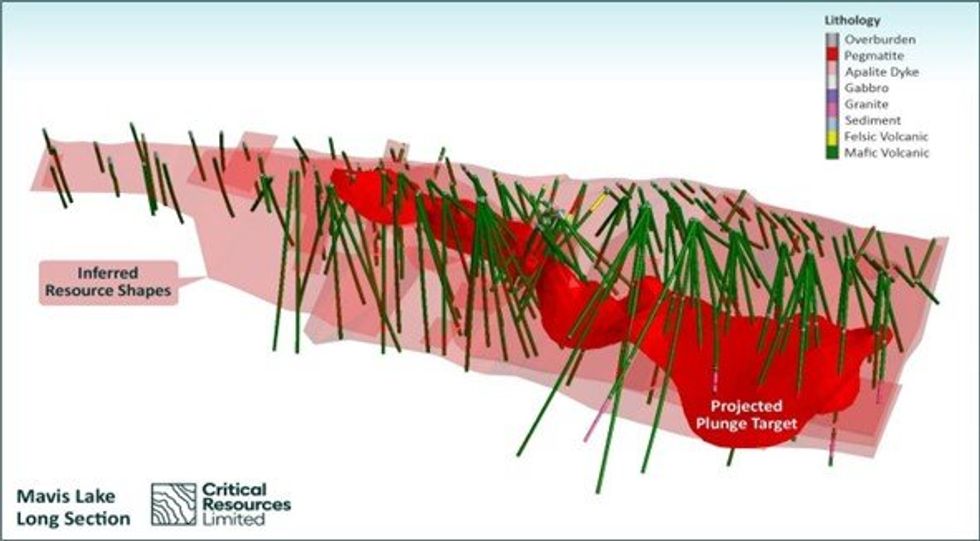
MF23-207 was designed to extend the current resource towards the north and follow known mineralisation at depth. The hole was designed to intersect the Main Zone mineralisation shapes obliquely, due to the location of permitted drill pads.
New drill permits have been submitted for the purpose of testing the pegmatite closer to true widths. Ice drilling may be conducted in the winter months to continue testing this swell area at depth.
Figure 2 shows a Cross-Section of Drill Hole MF23-207 in context with previous intercepts and modelling of the current 8Mt resource.
Click here for the full ASX Release
This article includes content from Critical Resources, licensed for the purpose of publishing on Investing News Australia. This article does not constitute financial product advice. It is your responsibility to perform proper due diligence before acting upon any information provided here. Please refer to our full disclaimer here.
CRR:AU
The Conversation (0)
21 June 2022
Critical Resources
High-grade Lithium Portfolio, in a Tier 1 Location, Aligned with the World’s Green Energy Transition
High-grade Lithium Portfolio, in a Tier 1 Location, Aligned with the World’s Green Energy Transition Keep Reading...
24 December
Altius Minerals to Expand Portfolio with C$520 Million Lithium Royalty Deal
Altius Minerals (TSX:ALS,OTCQX:ATUSF) is making a bet on a lithium market recovery, agreeing to acquire Lithium Royalty (TSX:LIRC) in a C$520 million deal that will expand its exposure to battery metals.Under a definitive agreement announced by the two companies on Monday (December 22), Altius... Keep Reading...
23 December
Liontown's First Tjiwarl Member Completes Apprenticeship at Kathleen Valley
Liontown (ASX:LTR,OTC Pink:LINRF) has reached a milestone at its Kathleen Valley operations, with Vaughan Harris becoming the first Tjiwarl community member to complete an apprenticeship with the company.“Being the first Tjiwarl apprentice to complete an apprenticeship here at Liontown feels... Keep Reading...
22 December
Lithium Market 2025 Year-End Review
The global lithium market endured a bruising 2025, with persistent oversupply and softer-than-expected electric vehicle (EV) demand driving prices for the battery metal to multi-year lows.Lithium carbonate prices in North Asia slipped below US$9,550 per metric ton in February — their weakest... Keep Reading...
11 December
Mining the Gap: 5 Forces Shaping North America’s Lithium Supply Chain
A convergence of industry investments, government initiatives and a shifting global trade dynamic is creating an environment ripe for the development of a North American battery supply chain, with lithium playing a leading role. These trends are reshaping the region’s industrial base and opening... Keep Reading...
10 December
Rock Bottom: Strategic Window for Ground-level Lithium Investment
When lithium prices hit bottom, savvy investors know that’s exactly where the next big discovery begins — literally. Beneath the surface of global markets and remote exploration grounds, new opportunities are forming in the wake of a sharp price reset and renewed geopolitical urgency.Recent... Keep Reading...
10 December
Liontown Resources Pens Lithium Offtake Agreement with China's Canmax
Liontown Resources (ASX:LTR,OTC Pink:LINRF) has executed a binding offtake agreement with Chinese conglomerate Canmax Technologies (SZSE:300390) as part of its strategy to diversify its customer base.“Listed on the Shenzhen Stock Exchange, Canmax is one of the world’s leading manufacturers of... Keep Reading...
Latest News
Interactive Chart
Latest Press Releases
Related News
TOP STOCKS
American Battery4.030.24
Aion Therapeutic0.10-0.01
Cybin Corp2.140.00


